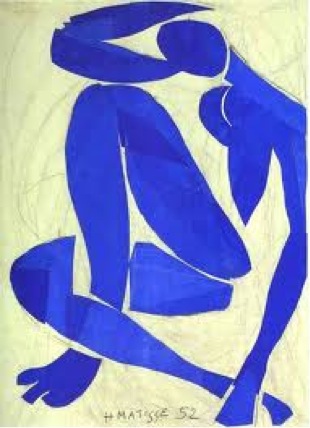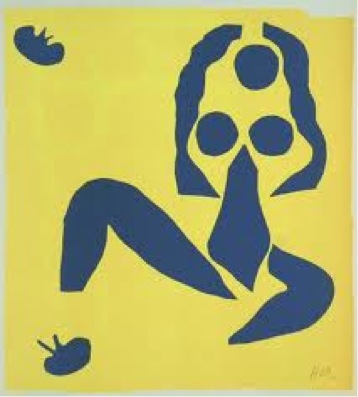4.1.3 Interview at the Beyeler Museum, Basel

The discussion with the Foundation Beyeler has been the starting point of my research in the world of Henri Matisse. I did that trough videos and books but also by a physical journey to Vence, the place where Henri Matisse lived before he died. Therefore in the interview transcription you will find some footnotes because my own research indicated different results. This research has taken about two years and I still have the feeling that every day I learn more about the pictures and philosophy.
This Interview also made me aware of the differences between spoken and written language. In the spoken language we say much “ahm” and “yeah” this awareness came after transcribing the interview. This interview also made me aware about the connections between other artists. For example, I wasn’t aware of the friendship between Pablo Picasso and Henri Matisse. And the dialog they had with each other through art.
Furthermore, I did not know that light is the biggest enemy of a painting because the colour is fading away. It can easily destroy a painting. Matisse however did not see light as his enemy. He turned it into his biggest power. This is something you can see clearly in the chapel in Vence where he has used the light to empower his art.

It was also very interesting to hear how Matisse could work on such a big scale. And how they transferred his work from a bedroom wall to a canvas. This process took place with the help of a tracing paper. In this way, they could easily know where the paces had to be placed on the canvas because they copied the artwork from the wall on to the tracing paper. Also the pinholes were an indicator how the artwork needed to be placed. They first stretched the canvas on the painting frame. Then they used packing paper that they painted white. Finally, they glued the different paces on the artwork. Therefore you can argue if the art object “Achanthes” is a painting ore a cut out. Because it uses a canvas people say it is a painting. Other people say “no, it is a cut out” because it uses different layers of paper.
Matisse worked with assistants as well. In several books you can read the process that they went through and the arguments and frustrations when they where working together. One of the Books that explains this in detail is the book “With apparent ease” from Lydia Delectorskaya. We have also discussed the question: “is the work still from Matisse or is it the work of his assistants”? The answer is: it is still the work of Matisse because it is his idea, he is the mastermind and these are the choices that he mad himself.
The transcription of the entire discussion you can find on my website:
http://petra.stokar.ch/master/matisse/entire_interview.html





